Call Us +91 9599968664
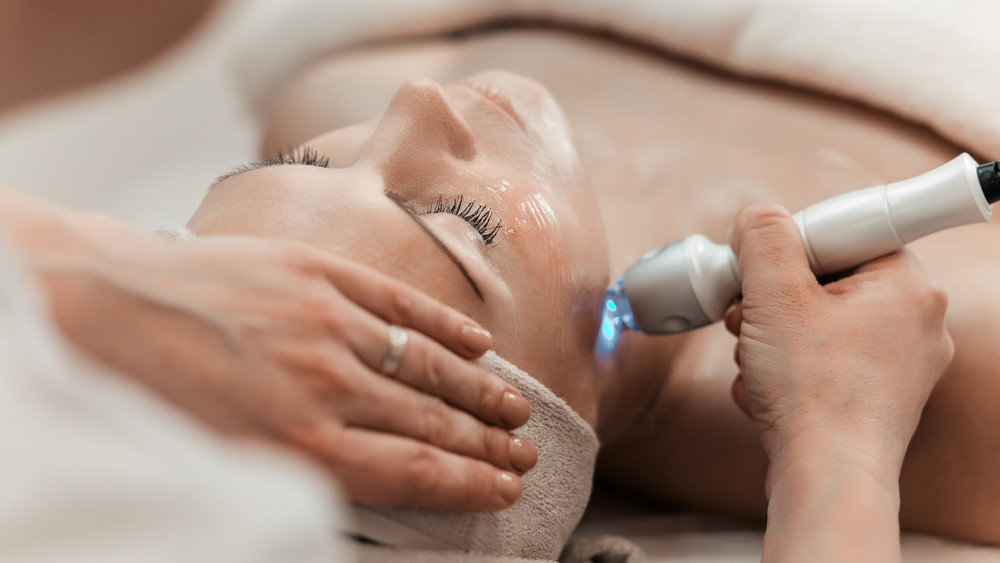
Laser treatment, also known as laser therapy or laser surgery, is a medical procedure that uses focused beams of light to treat various conditions and ailments. It has gained popularity in recent years due to its effectiveness, precision, and minimal invasiveness
Services
- Q Switch laser
- CO2 laser
- Tattoo removal
- P-Shot
- O-Shot
The laser emits a concentrated beam of light that can be adjusted to different wavelengths and intensities, allowing for targeted treatment of specific areas of the body. Laser treatment can be used for a wide range of purposes, including cosmetic procedures, medical treatments, and surgical interventions. It has revolutionized the field of medicine and has become a go-to option for many patients seeking an alternative to traditional surgical methods.

Q-Switch Laser
Q-switched lasers are a type of medical laser that are widely used for various dermatological and cosmetic procedures. The “Q” in Q-switched stands for “quality factor,” referring to the high quality of the laser beam produced by these devices. Q-switched lasers are specifically designed to deliver extremely short pulses of high-energy light, making them highly effective in targeting specific pigments in the skin or tattoo ink. The energy from the laser breaks down the pigment into smaller particles, which are then gradually eliminated by the body’s natural processes. This makes Q-switched lasers particularly effective for tattoo removal, as well as for treating various pigmented lesions such as age spots, freckles, birthmarks, and melasma.
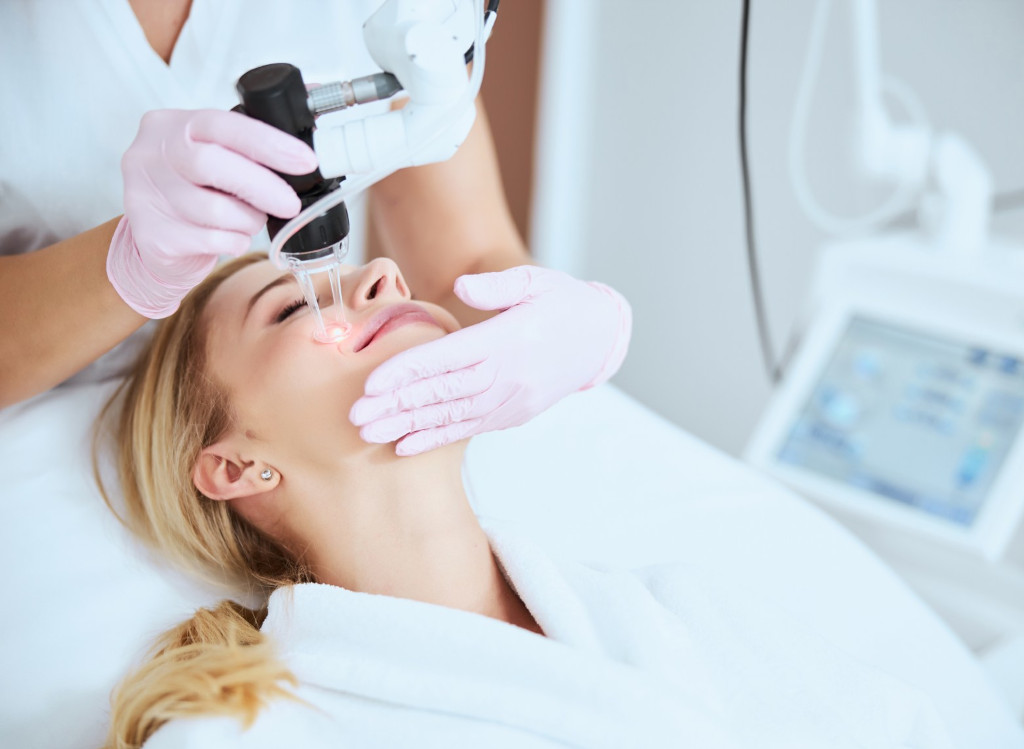
CO2 Laser
CO2 laser skin treatment, also known as CO2 laser resurfacing, is a popular and effective procedure used to address a variety of skin concerns. It utilizes a high-energy beam of light from a carbon dioxide (CO2) laser to remove damaged skin layers and stimulate collagen production, resulting in smoother, tighter, and more youthful-looking skin.
During the CO2 laser skin treatment, the laser is precisely directed at the targeted areas of the skin. The laser energy is absorbed by the water molecules in the skin cells, causing them to vaporize. This process removes the outer layers of damaged or aged skin, revealing fresher, healthier skin underneath. Additionally, the heat from the laser stimulates the production of collagen, a protein that helps maintain the skin’s elasticity and firmness.
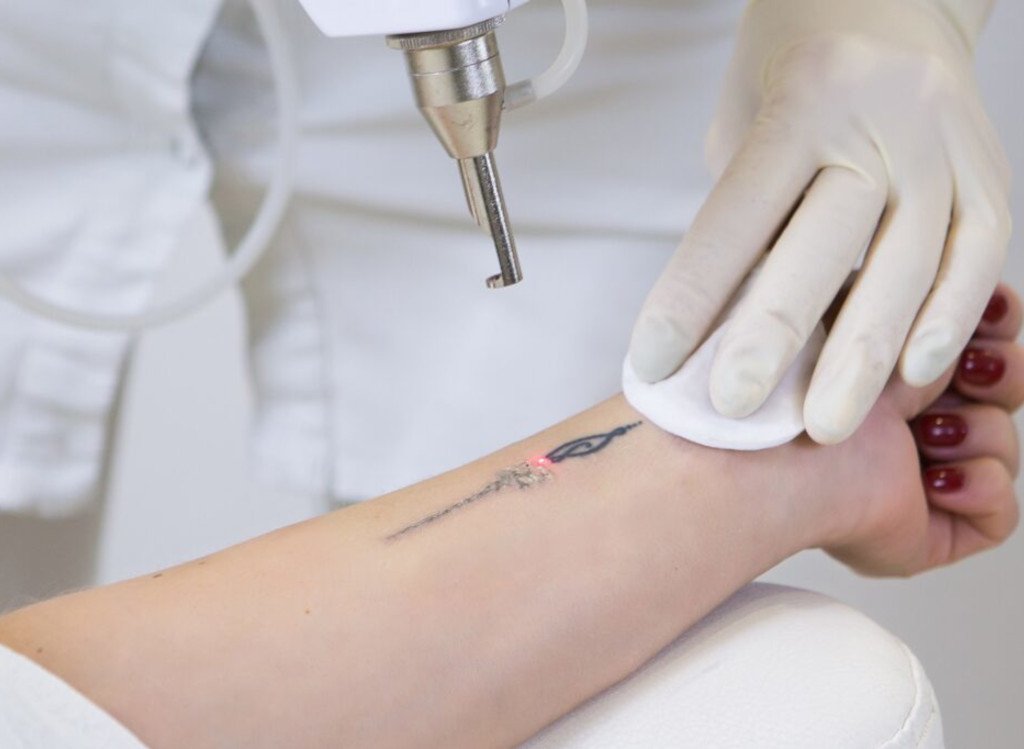
Tattoo Removal
Tattoo removal treatment is a procedure designed to eliminate or fade unwanted tattoos. It is typically performed using various techniques and technologies to break down the tattoo ink particles in the skin and allow the body to naturally eliminate them. Laser Tattoo Removal is the most common and effective method. It involves using a specialized laser that emits high-intensity light pulses to target the tattoo ink. The laser energy breaks down the ink into smaller particles, which are then gradually absorbed and eliminated by the body’s immune system.It’s important to note that tattoo removal is a gradual process, regardless of the method used. The number of sessions required for complete removal varies depending on factors such as tattoo size, ink color, and individual skin response
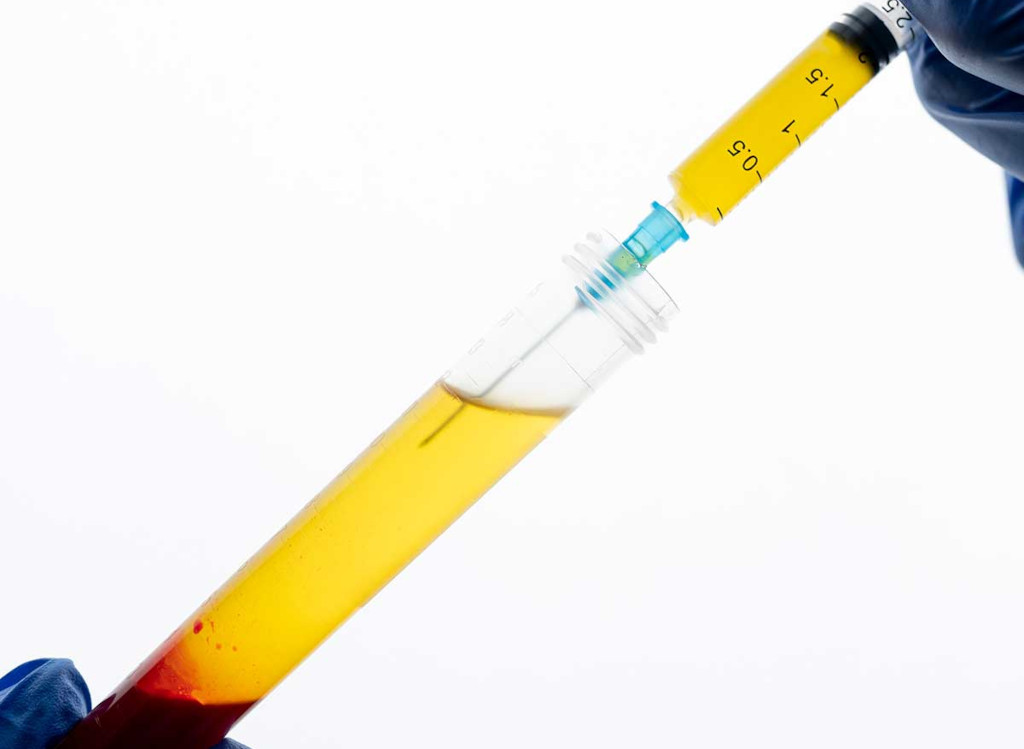
P-Shot
The Pshot, also known as the Priapus Shot, is a non-surgical medical procedure that utilizes platelet-rich plasma (PRP) to enhance sexual function and treat erectile dysfunction (ED). This innovative treatment has gained attention in recent years as a safe and effective option for men looking to improve their sexual performance and overall sexual health.During the Pshot procedure, a small amount of blood is drawn from the patient’s arm. The blood is then placed in a centrifuge, where it is spun to separate the platelet-rich plasma from the rest of the blood components. The PRP is then injected into specific areas of the penis, such as the shaft and the glans, using a fine needle.This can lead to increased blood flow, improved tissue regeneration, and overall enhanced sexual function.
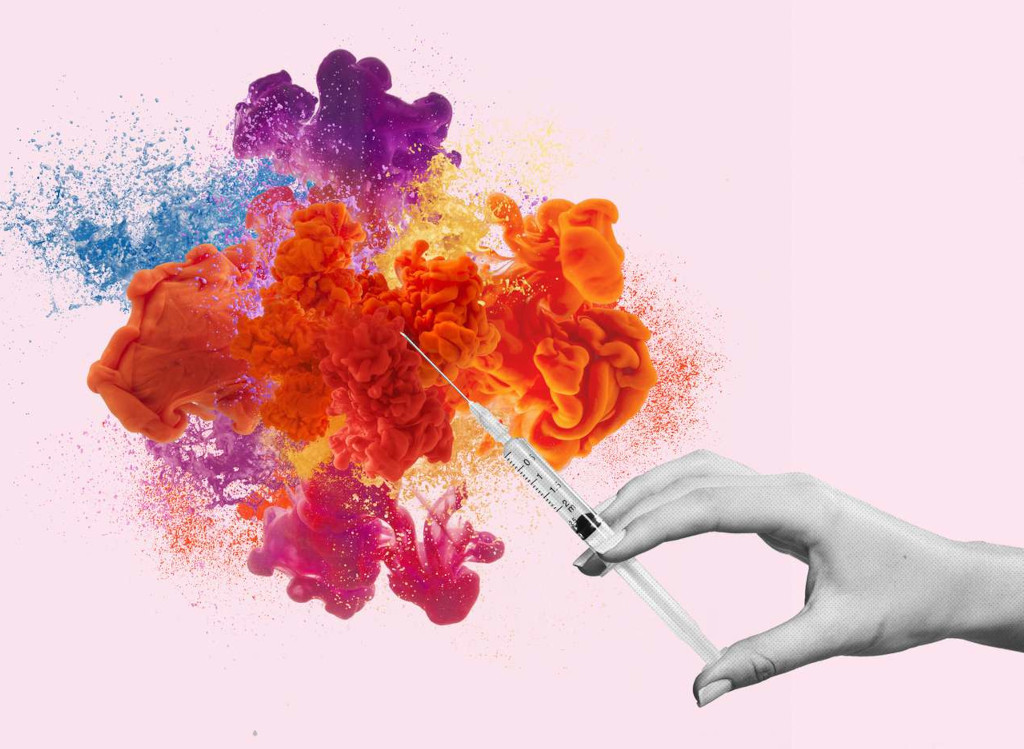
O-Shot
The O-Shot, or Orgasm Shot, is a non-surgical medical procedure designed to enhance sexual pleasure and address certain sexual health concerns in women. It involves the injection of platelet-rich plasma (PRP) into specific areas of the genitalia to stimulate tissue rejuvenation and improve sexual function.
During the O-Shot procedure, a small amount of the patient’s own blood is drawn and processed to extract platelet-rich plasma. This plasma contains growth factors and other bioactive substances that promote tissue regeneration and increased blood flow. The PRP is then injected into targeted areas of the genitalia, such as the clitoris and the area surrounding the urethra.The O-Shot aims to improve sexual arousal, sensitivity, and overall sexual satisfaction. The PRP injections are believed to stimulate the growth of new blood vessels and nerve tissue, leading to improved sexual responsiveness and sensation.
